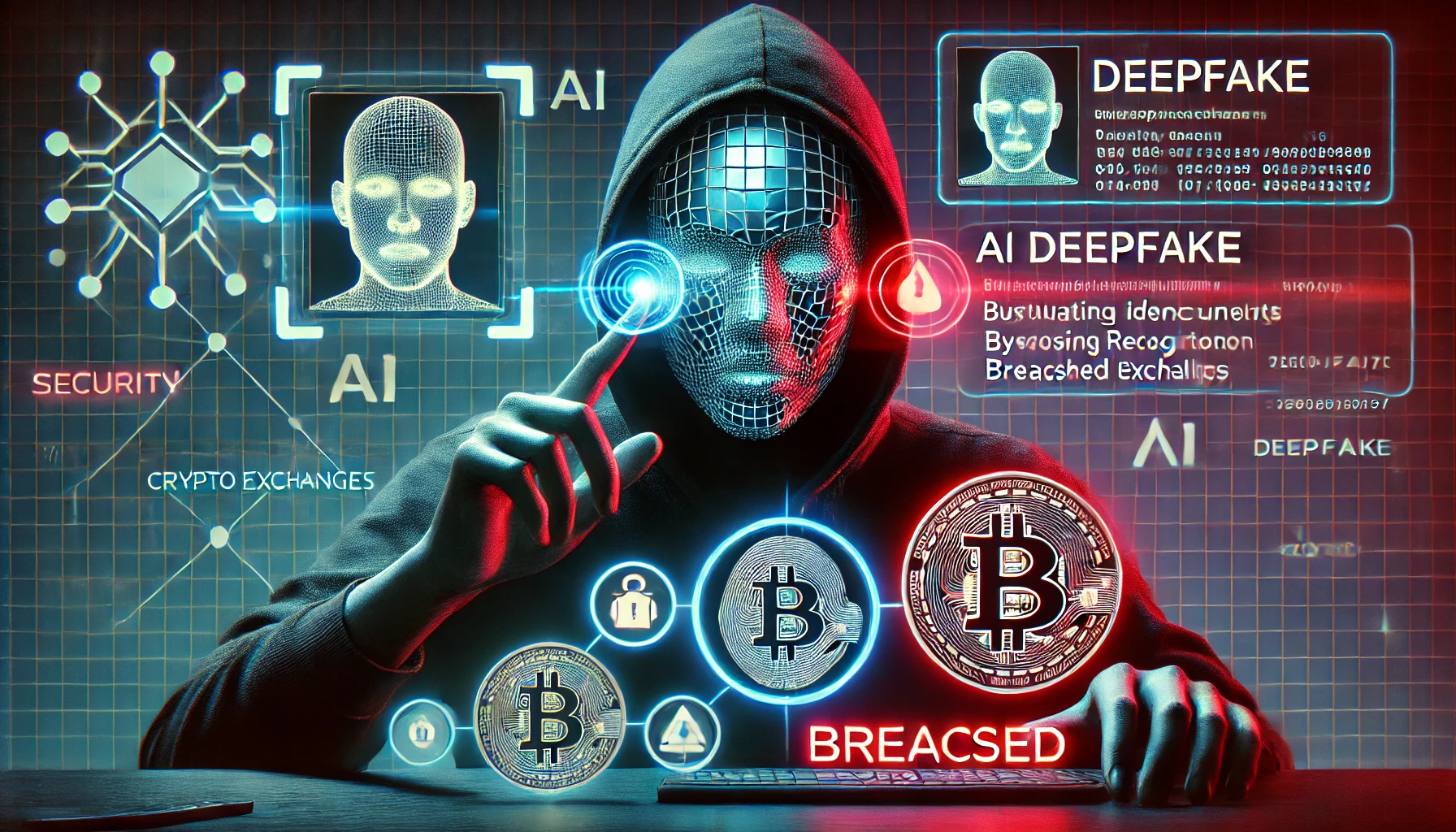A recent warning from cybersecurity firm Cato Networks highlights a new threat to crypto exchanges, as criminals use AI-based deepfake technology to bypass identity verification systems. Their goal isn’t to take over existing accounts, but to create fake accounts to facilitate money laundering.
Rise of Fake Identities and Accounts
According to Cato Networks’ report, these deepfake tools are actively sold on underground markets, allowing criminals to circumvent the identity verification processes used by exchanges. The aim is to create new, verified accounts using fake credentials, which are then used for illegal activities such as money laundering, fraud, and mule accounts. The report also reveals that in 2023, fraud involving fake accounts caused losses exceeding $5.3 billion, a significant increase from 2022.
How Deepfake Technology Is Being Exploited
Malicious actors first use AI tools to generate fake identity documents and images. These tools can create realistic copies of documents like passports, which are then used to pass face recognition systems by generating deepfake videos. Once the fake documents are submitted, a verified account is created on the exchange.
“New account fraud enables criminals to find vulnerabilities in security systems,” said a representative from Cato Networks, adding that these tools make it possible to create fake accounts in a matter of minutes. The firm also released a video demonstrating how this process works to emphasize the seriousness of the threat.

Recommendations for Crypto Exchanges
Cato Networks stressed that crypto exchanges must upgrade their security systems to counter these threats. The firm advises that technical measures alone won’t suffice; exchanges should incorporate human intelligence (HUMINT) and open-source intelligence (OSINT) for more robust threat tracking.
“While many claims about AI technology are made in the media, threat actors are already using these tools in the field,” a Cato Networks representative stated. “It’s only a matter of time before they further refine their deepfake techniques.”
Cybersecurity experts emphasize that exchanges should implement additional measures in their identity verification processes to make it harder to create fake accounts. Two-factor authentication and advanced facial recognition systems are highlighted as effective tools against these new threats.
AI-powered deepfake technologies pose a significant risk to the crypto industry by targeting security vulnerabilities and enabling fraud. Cato Networks warns that relying solely on technological solutions won’t be enough, and keeping security protocols up to date is critical.
As the crypto sector rapidly evolves, it creates new opportunities for cybercriminals. Therefore, strengthening security measures is becoming unavoidable for both exchanges and users.
deepfake, AI technology, fake accounts, crypto exchanges, security breach




































































































![BitTorrent [New]](https://s2.coinmarketcap.com/static/img/coins/64x64/16086.png)














